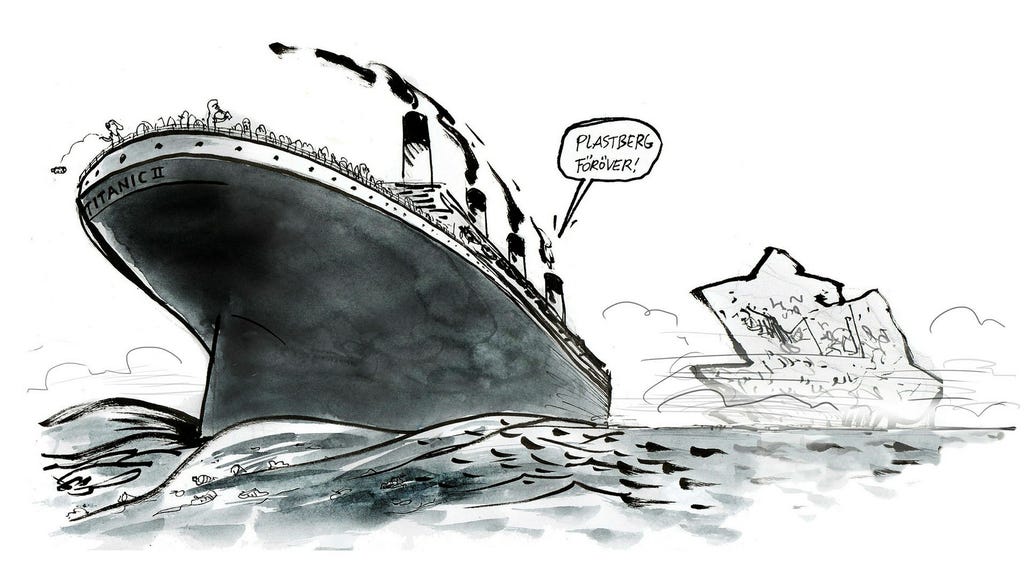The implementation of an environmental tax should, first and foremost, demonstrably benefit the environment. This core principle hinges on the tax’s ability to genuinely alter behavior and reduce environmental harm. A successful environmental tax should incentivize individuals, businesses, and industries to adopt more sustainable practices, leading to tangible improvements in environmental quality. This could involve reducing emissions, minimizing waste, conserving resources, or promoting the use of cleaner technologies. Simply generating revenue should not be the primary objective; rather, the tax should act as a powerful tool to steer society towards a greener future. The efficacy of an environmental tax is ultimately measured by its positive impact on the environment.
A problematic example of an environmental tax failing to meet this fundamental requirement is the plastic bag tax, often cited as an example of symbolic policy. While the intention behind the tax – to reduce plastic waste – was laudable, its implementation often lacked the strategic planning needed to achieve genuine environmental improvement. In many cases, the tax led to unintended consequences, such as increased consumption of alternative materials with potentially greater environmental footprints. A genuine commitment to reducing plastic waste requires a more holistic approach, including investments in recycling infrastructure, development of biodegradable alternatives, and public awareness campaigns promoting responsible consumption habits. Simply levying a tax without addressing the underlying drivers of plastic consumption can lead to a false sense of environmental progress, effectively masking a lack of real change.
A well-designed environmental tax should target activities with a clear and significant environmental impact. This requires a thorough understanding of the environmental problem being addressed, including its causes, consequences, and potential solutions. A robust life-cycle analysis, considering the environmental impact of a product or activity from cradle to grave, is essential. This analysis should encompass resource extraction, manufacturing, transportation, use, and disposal, ensuring that the tax effectively targets the most environmentally damaging stages of the lifecycle. Without this comprehensive assessment, the tax may inadvertently shift environmental burdens rather than alleviating them.
Furthermore, the revenue generated from an environmental tax ideally should be earmarked for initiatives directly related to the environmental issue being addressed. This principle, often referred to as the ”earmarking principle” or ”polluter pays principle,” reinforces the idea that those responsible for environmental damage should bear the cost of remediation. For example, revenue from a carbon tax could be used to fund renewable energy research and development, energy efficiency programs, or carbon sequestration projects. This dedicated allocation of funds enhances transparency and accountability, demonstrating a clear link between the tax and its intended environmental benefits. It also ensures that the tax revenue contributes directly to solving the problem it aims to address, fostering public trust and acceptance of the tax.
Public acceptance and compliance are crucial for the success of any environmental tax. Effective communication and public education campaigns are essential to explain the rationale behind the tax, its intended environmental benefits, and how the revenue will be used. Transparency regarding the design, implementation, and impact of the tax is vital to build public trust and ensure cooperation. Engaging stakeholders, including businesses, environmental organizations, and the public, in the design and implementation process can further enhance buy-in and minimize unintended consequences. A well-informed and engaged public is more likely to support and comply with environmental taxes, leading to greater effectiveness in achieving environmental goals.
In conclusion, the effectiveness of an environmental tax is not simply measured by the revenue it generates, but by its demonstrable positive impact on the environment. A successful environmental tax requires a comprehensive and strategic approach, including thorough environmental assessment, targeted application, earmarking of revenue, and transparent communication with the public. Mere symbolic gestures, like poorly designed plastic bag taxes, fail to address the underlying drivers of environmental problems and can even lead to unintended negative consequences. A well-designed environmental tax, on the other hand, can be a powerful tool to incentivize sustainable practices, promote environmental innovation, and ultimately steer society towards a greener, more sustainable future. It is crucial to move beyond symbolic measures and embrace a more holistic and evidence-based approach to environmental taxation, ensuring that every tax levied contributes meaningfully to protecting and preserving our planet.














